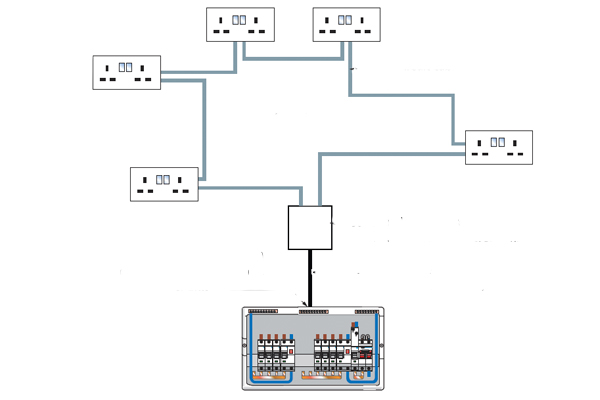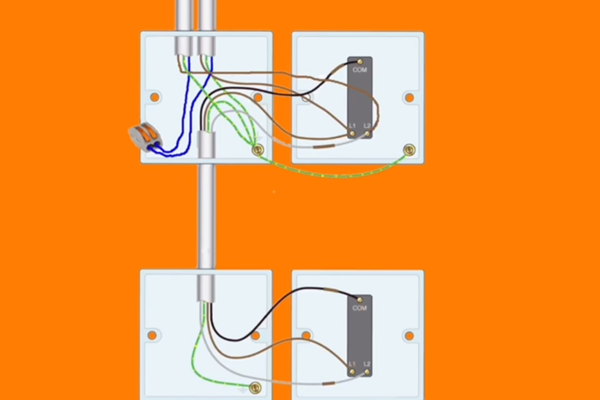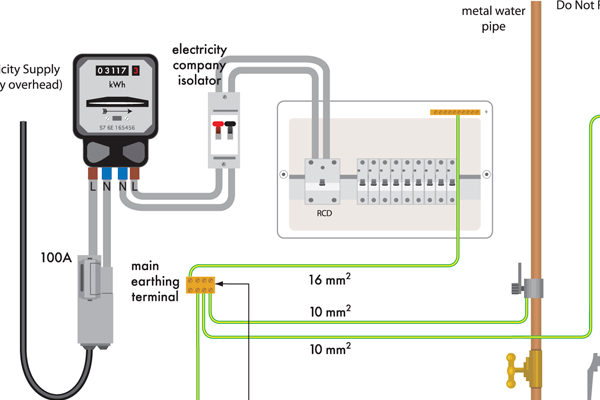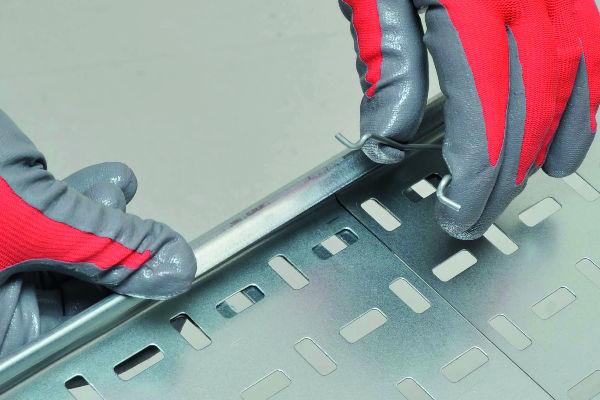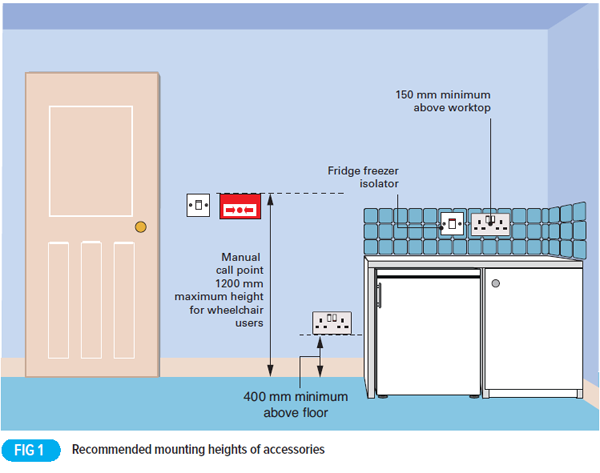What are the different types of circuit?
The key thing to remember when selecting the type of circuit for an electrical installation is the requirements stated in the IET Wiring Regulations. These are that: The number and type of circuits required for lighting, heating, power, control, signalling, communication and information technology, etc, shall be determined from knowledge of: Location of points of power demand. Loads to be expected on the various circuits. Daily and yearly variations in…



